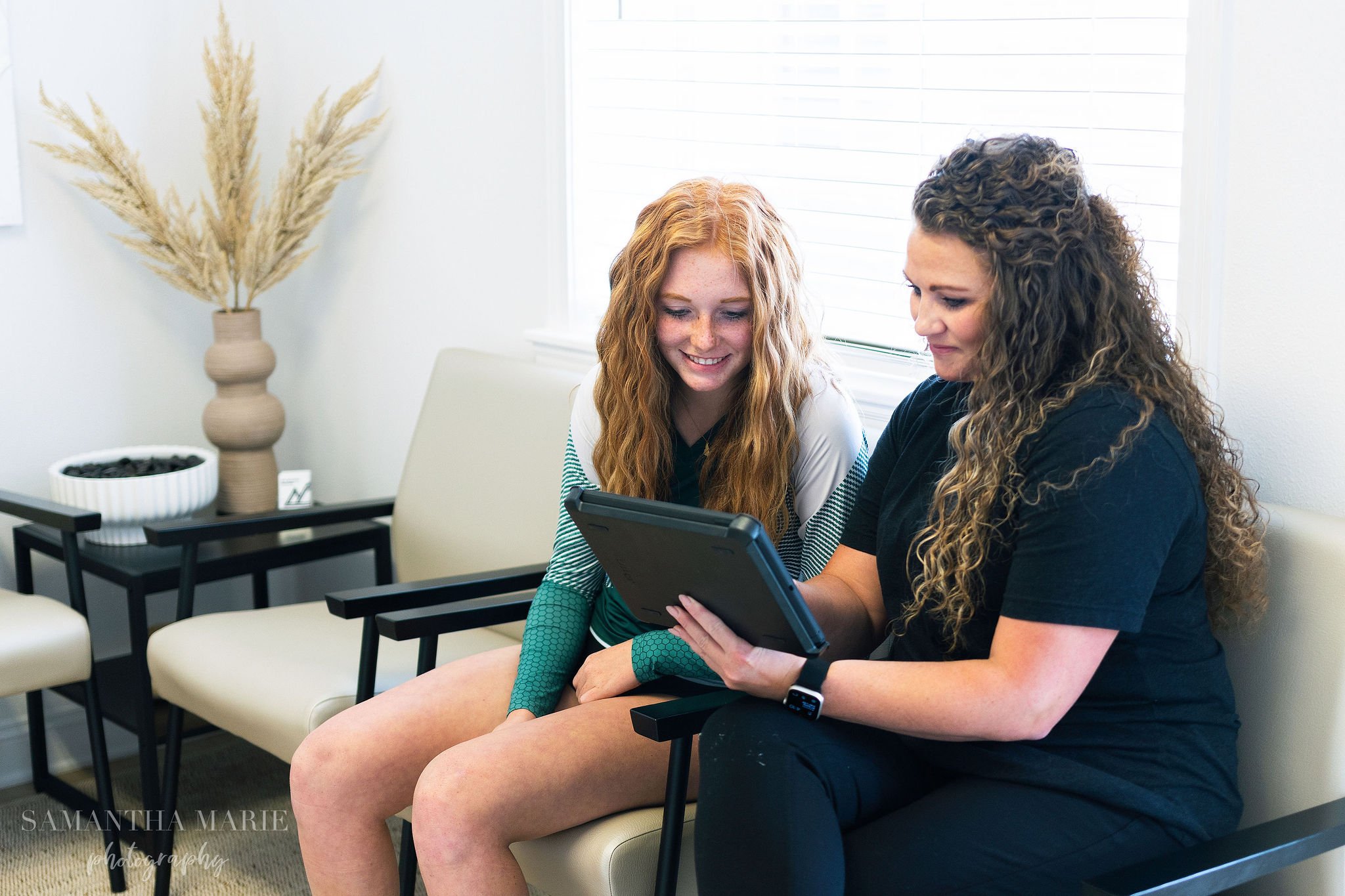
CALCANEAL APOPHYSITIS
WHAT IS IT?
Calcaneal apophysitis is a painful inflammation of the heelʼs growth plate. It typically affects children between the ages of 8 and 14 years old, because the heel bone (calcaneus) is not fully developed until at least age 14. Until then, new bone is forming at the growth plate (physis), a weak area located at the back of the heel. When there is too much repetitive stress on the growth plate, inflammation can develop.
Calcaneal apophysitis is also called Severʼs disease, although it is not a true disease. It is the most common cause of heel pain in children, and it can occur in one or both feet. Heel pain in children differs from the most common type of heel pain experienced by adults. While heel pain in adults usually subsides after a period of walking, pediatric heel pain generally doesnʼt improve in this manner. In fact, walking typically makes the pain worse.

CAUSES
Overuse and stress on the heel bone through participation in sports are a major cause of calcaneal apophysitis. The heelʼs growth plate is sensitive to repeated running and pounding on hard surfaces, resulting in muscle strain and inflamed tissue. For this reason, children and adolescents involved in soccer, track or basketball are especially vulnerable. Other potential causes of calcaneal apophysitis include obesity, a tight Achilles tendon and biomechanical problems, such as flatfoot or a high-arched foot.

SYMPTOMS
Symptoms of calcaneal apophysitis may include:
- Pain in the back or bottom of the heel
- Limping
- Walking on toes
- Difficulty running, jumping or participating in usual activities or sports
- Pain when the sides of the heel are squeezed
- Tiredness

TREATMENT
The surgeon may select one or more of the following options to treat calcaneal apophysitis:
- Reduce activity. The child needs to reduce or stop any activity that causes pain.
- Support the heel. Temporary shoe inserts or custom orthotic devices may provide support for the heel.
- Medications. Nonsteroidal anti-inflammatory drugs (NSAIDs), such as ibuprofen, help reduce the pain and inflammation.
- Physical therapy. Stretching or physical therapy modalities are sometimes used to promote healing of the inflamed issue.
- Immobilization. In some severe cases of pediatric heel pain, a cast may be used to promote healing while keeping the foot and ankle totally immobile.
Often, heel pain in children returns after it has been treated because the heel bone is still growing. Recurrence of heel pain may be a sign of calcaneal apophysitis or it may indicate a different problem. If your child has a repeat bout of heel pain, be sure to make an appointment with your foot and ankle surgeon.

WHY CHOOSE A FOOT AND ANKLE SURGEON?
Foot and ankle surgeons are the leading experts in foot and ankle care today. As doctors of podiatric medicine – also known as podiatrists, DPMs or occasionally “foot and ankle doctors” – they are the board-certified surgical specialists of the podiatric profession. Foot and ankle surgeons have more education and training specific to the foot and ankle than any other healthcare provider.
Foot and ankle surgeons treat all conditions affecting the foot and ankle, from the simple to the complex, in patients of all ages including Haglund's deformity. Their intensive education and training qualify foot and ankle surgeons to perform a wide range of surgeries, including any surgery that may be indicated for Haglund's deformity.

